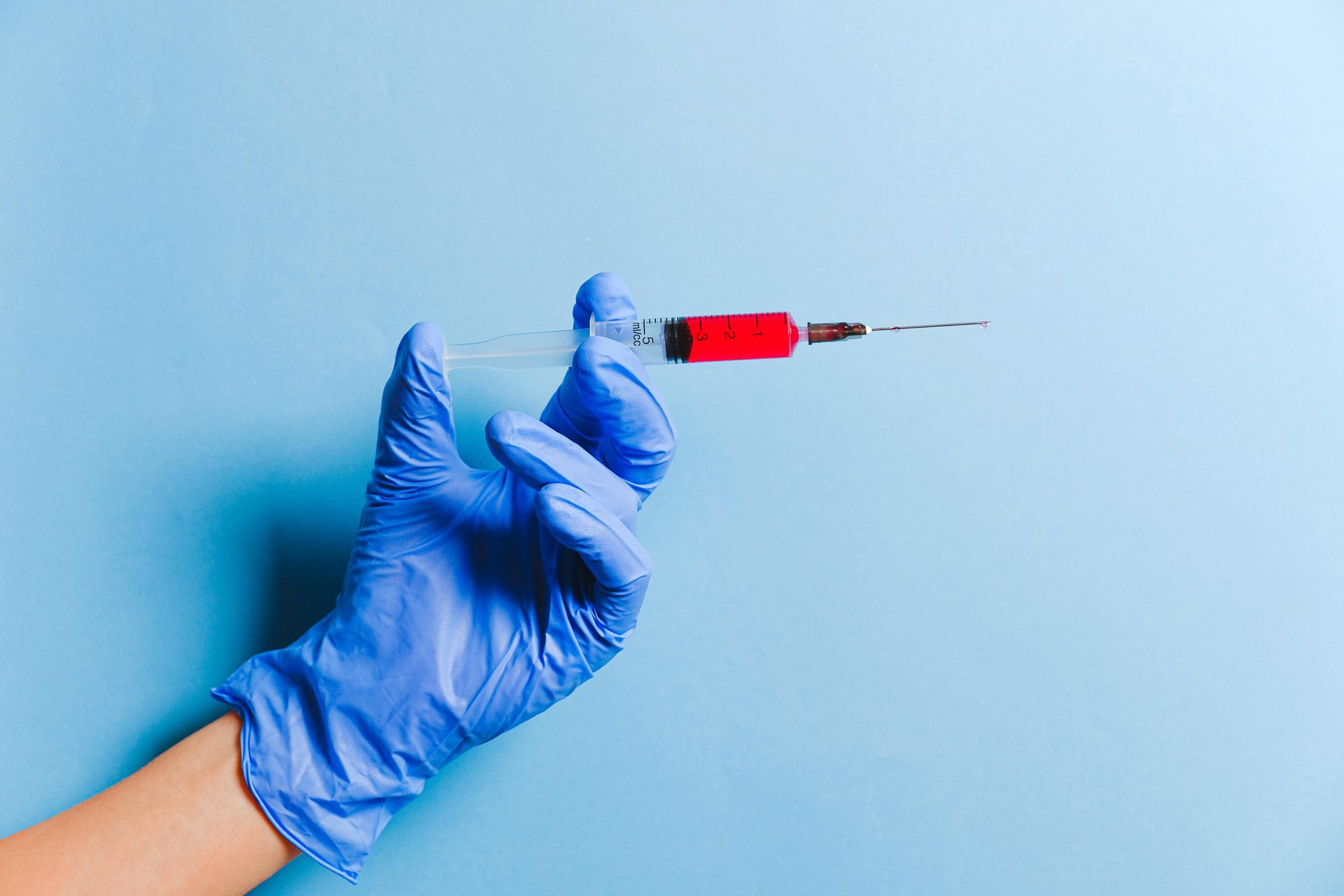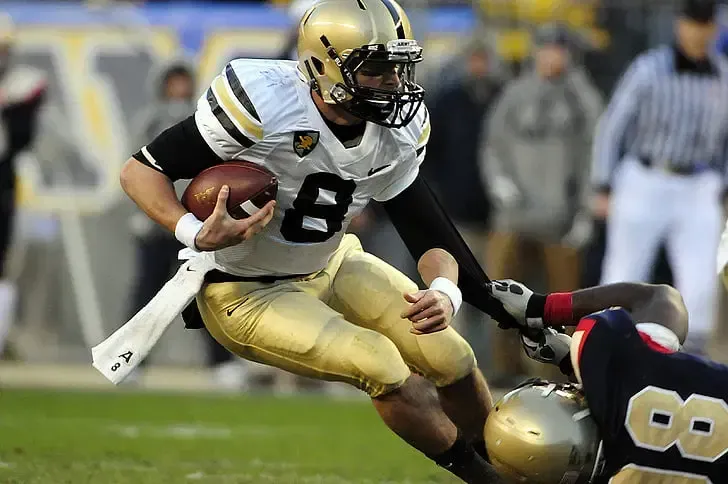Maintain Your Gains This Holiday Season
For many, the holiday season can be a mixed bag for many people. On one hand, it’s a great time to spend time with family and friends. But, as the saying goes, “eat, drink, and be merry.” Which is often accompanied with eating and drinking more than we normally would, and either visiting, or being visited by, family and friends can be disruptive to your exercise routine.
Between being busy going to parties, shopping for gifts, entertaining guests, decorating the house, the holiday season can be stressful–even though we enjoy it! For many, health considerations can be an additional source of stress during the holidays. In this post, I’ll lay out a handful of tips so that you can come up with a game plan so that the number on the scale doesn’t stress you out!
Think weekly not daily
When we think of our calories in/calories out, we usually think of it on a daily basis. In fact, many people see the acronym “RDA” and think it stands for “Recommended Daily Allowance”, when in reality, it’s “Recommended Dietary Allowance”. This just means that rather than thinking of only having something like 2,000 calories per day, it might be more helpful to think about having 14,000 calories per week . This gives you added flexibility when you know you have a party or big dinner you’ll be attending later in the week.
This approach is similar to how most people budget financially. If your monthly expenditures are $3,000 between rent/mortgage, phone, utilities, car payment, etc. your average daily expenditures are $100/day. But does that mean that when your mortgage payment comes due–which is going to be much greater than $100–that you tell the bank, “Sorry, I can’t pay my mortgage because it exceeds my daily expenditure allowance.” Of course not, you just offset that larger outlay that happens once a month by spending much less on the other days.
Let’s say your body requires 2,000 calories per day to maintain bodyweight, or 14,000 calories per week. With Thanksgiving falling on a Thursday, you can think about the other days of the week to make room in your weekly calorie budget to offset the larger amount of calories you know you’ll be eating on Thanksgiving. So, if you know you’ll eat 4,000 calories that day–double your maintenance calories–you have 6 days to offset that additional 2,000 calories, or trimming off 333 calories for the other 6 days. Which can give you the peace of mind to eat what you want on Thanksgiving and not be concerned about the impact.
Even if you find cutting the 333 calories per day too stressful, just try to eat your maintenance calories on the non-holiday days. Even in the example before, if you eat 2,000 calories in excess of your RDA, that would equate to 0.57 lbs of fat gain–which you likely wouldn’t even notice because your weight will fluctuate from day-to-day way more than that due to several other factors.
Start with the Protein and Vegetables
Okay, so you have a literal buffet of dishes in front of you and it’s time to put your plate together. If you grab extra protein–ham, turkey, etc–and vegetables–preferably something that’s not in heavy cream–and really load your plate up with those, then go for smaller amounts of the starchier/carb/fattier items (i.e. stuffing, gravy, macaroni, etc.), this will allow you to still eat more volume, but preferably of foods that are less calorie dense meaning that you’ll consume fewer calories without feeling like you’re really restricting yourself.
Similarly, when you start eating your food, start by eating the protein and vegetables as well. This allows your body a little bit more time to tell your brain that you’re full before you move onto the really calorie dense foods.
Similarly, if you could drink some low- or no-calorie beverages before you start eating, that can take up space which will also help you feel fuller more quickly.
Take your time
As we’re sitting down to eat a big holiday dinner, remember that we’re breaking bread with our friends and family. The purpose of these is not just to eat, it is to connect and communicate with those that are important to us. Take your time, eat and socialize. As a byproduct of catching up with old friends and family, many people get full off fewer calories when eating slowly than they would if they ate more quickly. It’s not a guarantee that you will eat fewer calories, but at the very least, you’ll have more meaningful conversations.
Find ways to get moving
As I mentioned before, I always love dropping in at other gyms when I travel, but sometimes that’s not always an option. Lots of times, you might not have your own transportation or there might not be any gyms nearby. Or, sometimes, you just want to be with the people that you traveled to see. All of these things makes it harder to get in workouts; however, if we’re a little more creative we can find ways to increase our calorie burn without going to a gym. Some ideas of ways you can increase your calorie burn without feeling like you’re missing out:
- Go for walks – This is a really great option because you can get friends and family to join you and make it a social event. Sure, you won’t build muscle or strength, but you’ll burn calories. Whether you run a mile or walk a mile, you’ll still burn an additional 100 calories. So if you end up moving 3 miles on a walk talking with your friends and family, that’s 300 calories–and you didn’t miss out on anything!
- Hit up that hotel gym – If you find yourself in a hotel, there’s usually some form of a gym. Sure, their equipment won’t be state of the art, but its going to be enough to get in a workout! Don’t be a snob because they didn’t have a Rogue Echo Bike!
- Play – One of my favorite things to do during the holidays is just tossing a football with my brothers–not playing football, just throwing a ball. This can be shooting hoops, throwing a baseball, etc., it doesn’t have to be anything special! Just get out and be active. If there are kids around, play tag with them, play hide and seek, wrestle with them. Don’t overthink this one–just have fun and move your body!
Adjust when/how you eat
Over the last few months, I realized that I am naturally somewhat of an intermittent faster. Meaning, that if I keep myself busy–I really only eat 1 or 2 meals per day naturally. So, for me, a useful strategy might be to keep myself busy on Thanksgiving day–maybe I’m finding ways to be more active–so that I’m not drawn to eating. If I park myself on the couch and watch football all day, I’m likely to graze on food as well. So I’ll try to keep myself busy to not be drawn in by the allure of food.
This strategy won’t work for everybody. Being “hangry” is a very real thing for some people. So maybe you prioritize eating good-quality meals beforehand so that when the big meal comes around, you don’t feel the need to push grandma out of the way to grab your dinner rolls. Also this may help you eat less than you otherwise would as well.
Finally, there are some people that like to “pre-eat”, which is eating a healthy meal before the big meal so that you’re not feeling the urge to over eat. You may need to watch out for this strategy. If you’re anything like me, you’ll eat the nutritious meal…and then still overeat at the big holiday meal!
This really comes down to trying to mimic your best diet days so that you don’t have to use willpower!
Give yourself some grace
At the end of the day, it’s a couple days per year. We don’t always get the opportunity to spend quality time with friends and family. If concerns about your diet are going to ruin your experience with others, let it go . There are so many other unremarkable days in a year that you can focus on your health.
One of my favorite thought exercises is the 85-year old test.
When you’re 85 years old, are you going to care that you went back for a third slice of pie on that Thanksgiving when you were 36 years old? Nope. You’re 85 years old. If that third slice of pie is going to kill you, it’s taking its sweet time.
On the flip side, would your 85 year-old self regret going to that gym instead of spending that extra time with Grandpa on what ended up being his last Christmas? Absolutely.
To wrap things up, these are just a handful of tips you can implement to help reduce health-related stress during the holidays and help keep your diet and exercise on track. You don’t need to be perfect, just good enough. And when you do falter–don’t beat yourself up. Just get back after it tomorrow.












